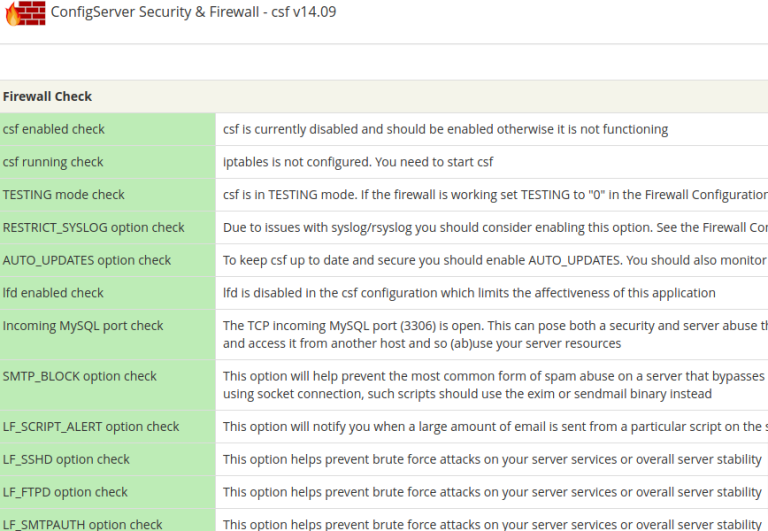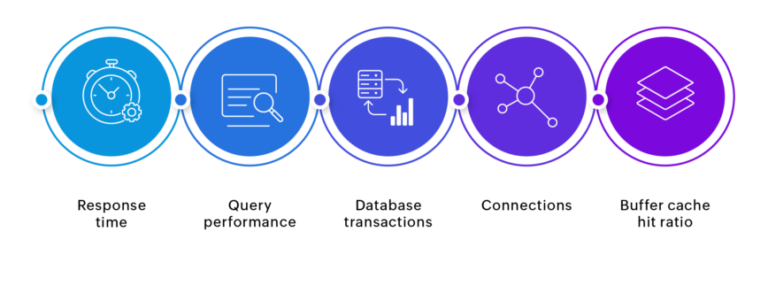
Moreover, vendor lock-in makes it difficult to switch away, as moving workloads often incurs massive time and migration costs, limiting flexibility when startups need it the most. On-premise or hybrid infrastructures, while offering full control and meeting compliance standards, come with high scaling costs, slow adaptability and substantial maintenance demands.
Startups are under constant pressure to move fast, innovate quickly and gain momentum. All in the face of steep competition and market uncertainties. Companies today don’t just compete on the strengths of their products; they compete on how fast they can adapt. As AI continues to rewire everything from product development to customer experiences, its adoption demands infrastructure that can keep up with dynamically shifting workloads, massive data flows and real-time processing needs.
Tight margins, tech debt and other startup challenges
Fundamentally, decentralized cloud infrastructure recognizes that there is a wealth of underutilized compute capacity all around the world and that it can be effectively tapped into. This means companies get access to an expanded pool of computing power without substantial upfront investments, massive running costs or inefficiencies associated with centralized systems. When there is no dependence on one system and workloads can be distributed across existing global resources, startups can scale their operations up or down as required, without burning through their budgets.
Billing complexity that branches out with usage, for one, can be destabilizing for smaller players that need to operate on tight cost control. The fact that small to mid-sized companies spend over .2 million a year on cloud services is telling. What makes it worse is that these costs are hardly predictable, with surprise spikes often triggered by unanticipated traffic, over-provisioning or lack of visibility into usage. It’s no exaggeration to say that cloud costs can spiral out of control to the degree that it threatens financial ruin.
By its very nature, centralization is far too set in its own ways to handle unpredictability. At the same time, the growing demands of AI applications are characterized by exactly that: unpredictability. As the need for GPU and CPU resources keeps spiking, centralized providers struggle to keep pace. There is only so much their large data centers and fixed resources can stretch. Startups, however, need infrastructure that can swing and stretch as fast as they do. In response, the industry is gravitating toward decentralization.
For many early-stage companies, the default is to follow the well-trodden path to the cloud through mainstream providers like AWS, Azure, or Google Cloud. However, that convenience comes at a cost.
New synergies unlock new opportunities
On the one hand, AI and Web3 are opening doors nobody knew existed, on the other hand, centralized cloud infrastructure is giving way to its hugely transformative, decentralized counterpart. When relevancy becomes a moving target, building for the long haul means balancing speed and innovation with technical soundness and scalability.
Decentralized cloud infrastructure is also leveling the playing field for startups and small businesses, giving lean teams the adaptive capacity to make quick pivots in line with market shifts. Whereas monumental costs once made powerful computing resources exclusive to larger corporations, it’s now possible for businesses of all sizes to innovate without the bounds of centralized cloud systems.
By Tobias Adler
Decentralized cloud is the way forward
In the rush to ship quickly, startups often take shortcuts- think messy codes, skipping thorough testing, or patching features into fragile architectures for the time being. While these decisions might momentarily speed things up, they can accumulate into long-term technical debt, making systems harder to maintain and scale. The pressure is intensified by resource constraints mostly typical of startup environments, such as limited budgets, small teams and tight timelines, giving them a tough choice between immediate deliverables and sustainable engineering practices.
Technology always has refreshingly disruptive ways of stepping up to meet the gaps left by what came before. Technologies that were once seen as distinct breakthroughs are now converging into something more powerful. At the heart of this convergence are three transformative players: AI, Web3 and modern cloud infrastructure, bringing speed, autonomy and scalability, respectively. Together, they form a powerful combination that’s reshaping how startups innovate and grow.
The outcome? A viable tech stack appropriate for small, agile teams that need to move fast without locking themselves into inflexible systems. What’s needed for this to materialize are modern cloud solutions that can support startups to efficiently handle AI workloads, integrate Web3 capabilities and support massive datasets in real time- all while operating sustainably and affordably. Centralized cloud infrastructure wasn’t built for this level of agility, making it slow to adapt, expensive to scale and rigid to customize.
While AI enables rapid development cycles, automating tasks and supporting smarter decision-making, Web3 offers decentralized systems that reduce reliance on traditional gatekeepers and enable flexible, trustless interactions. What forms the backbone of this capability is modern cloud infrastructure, which delivers real-time scalability and the power to handle data-heavy, compute-intensive workloads on demand.






